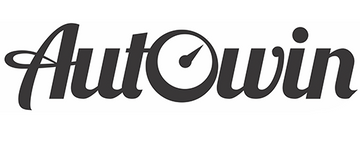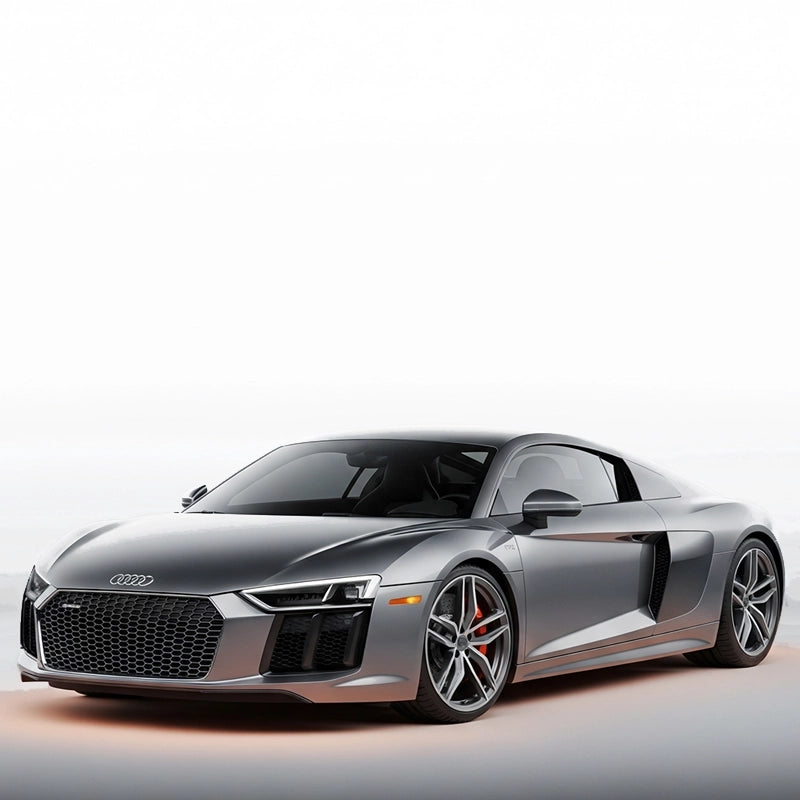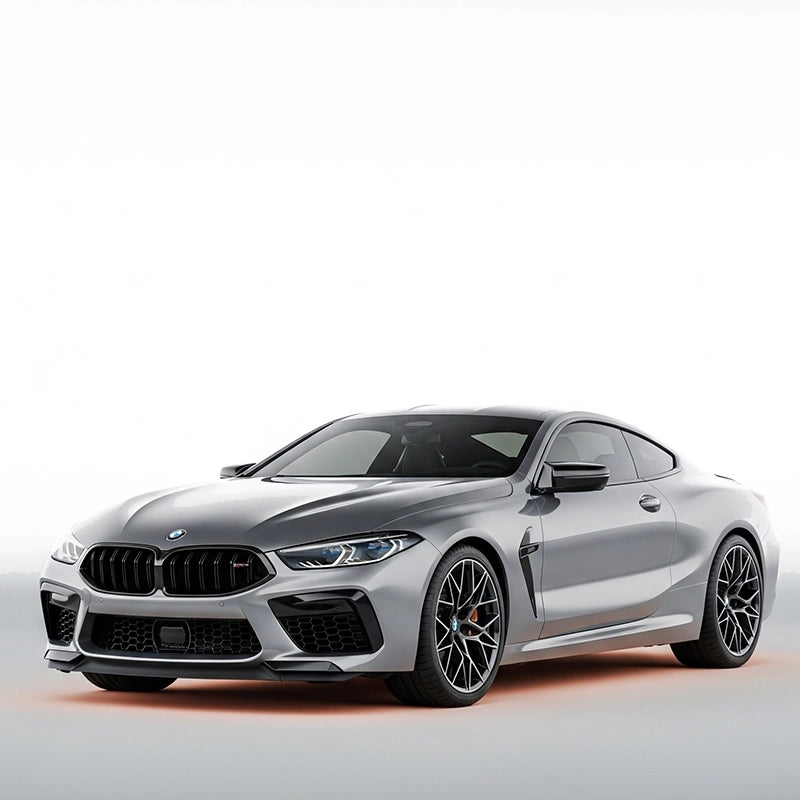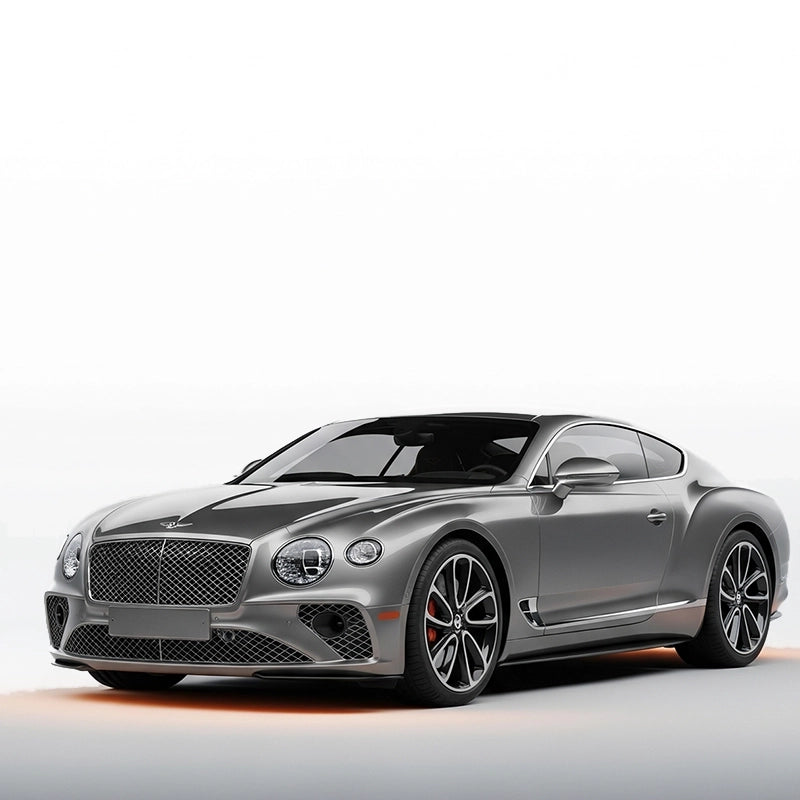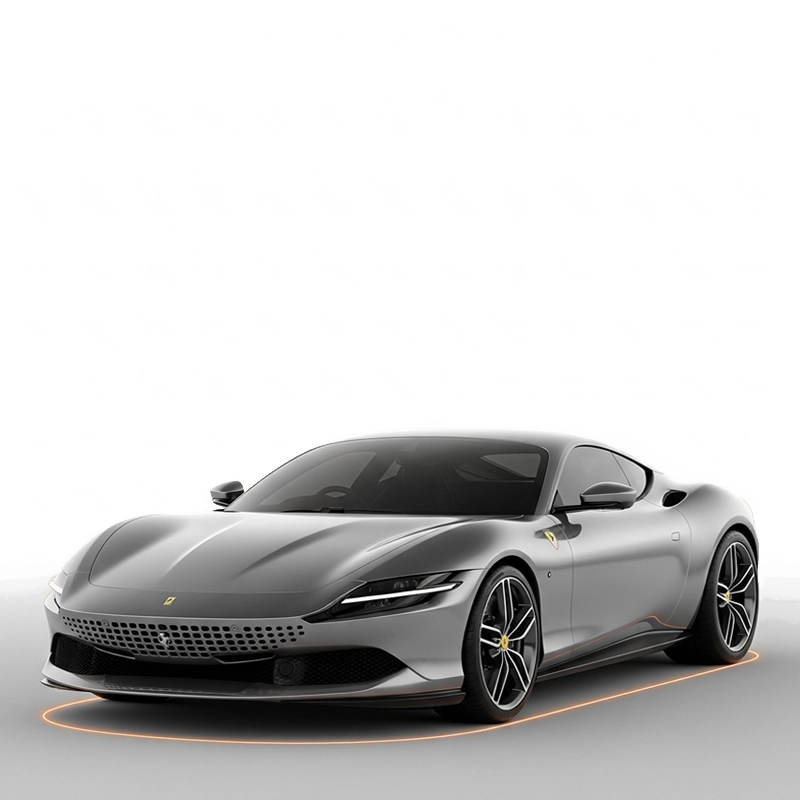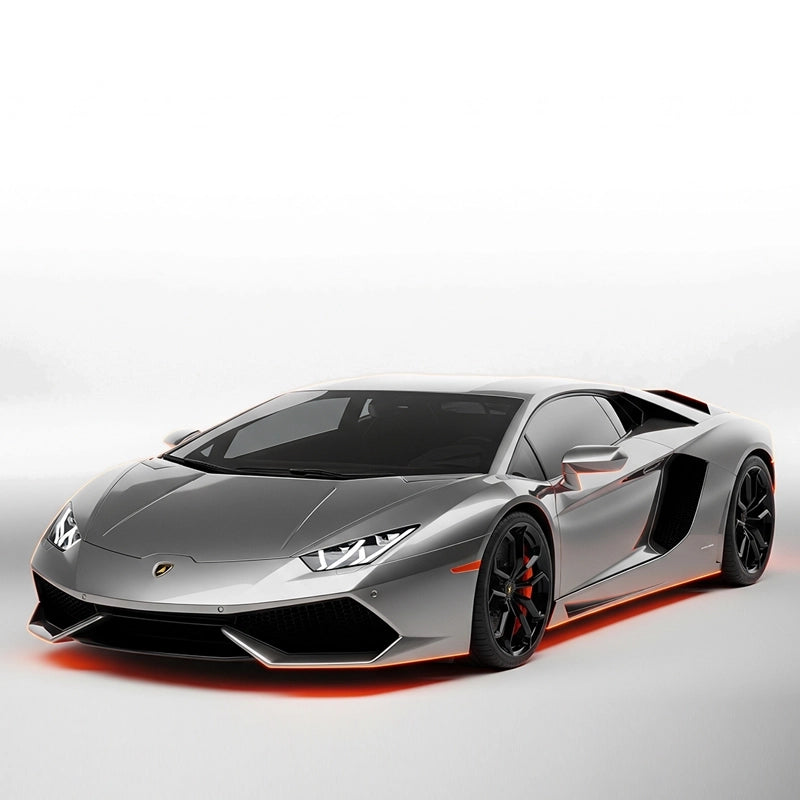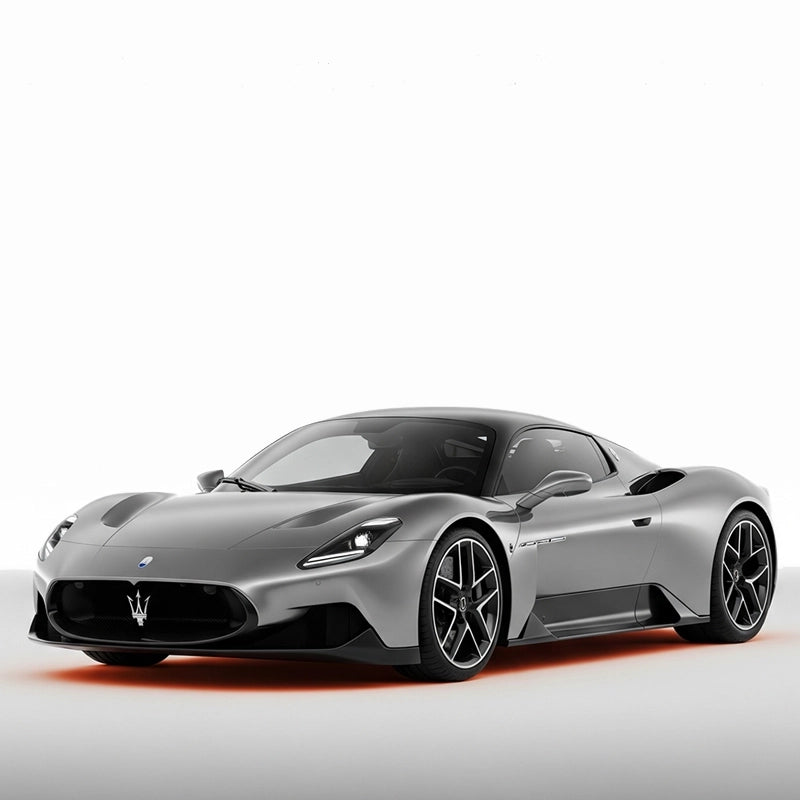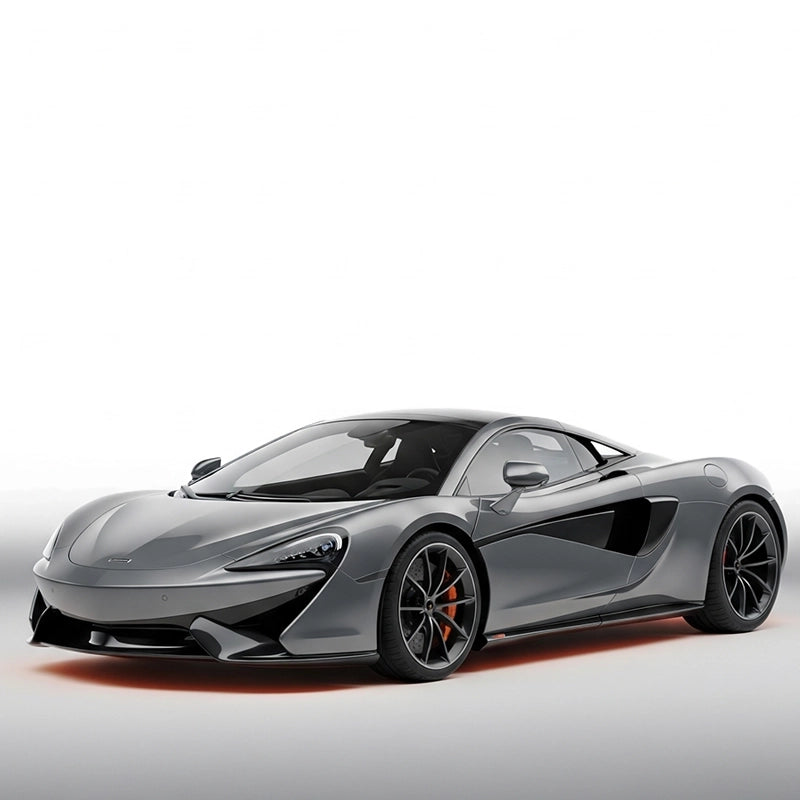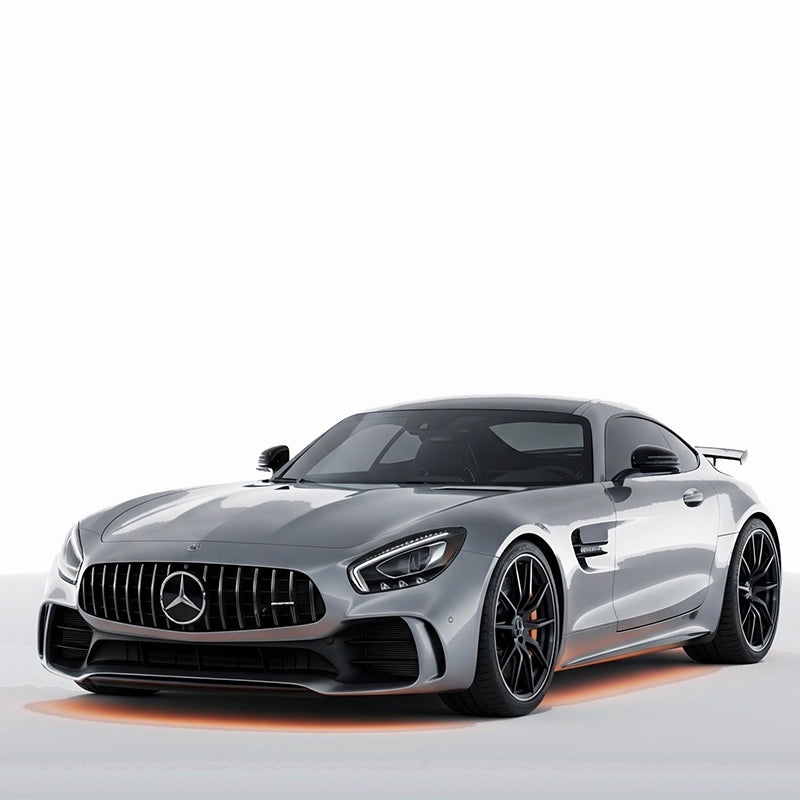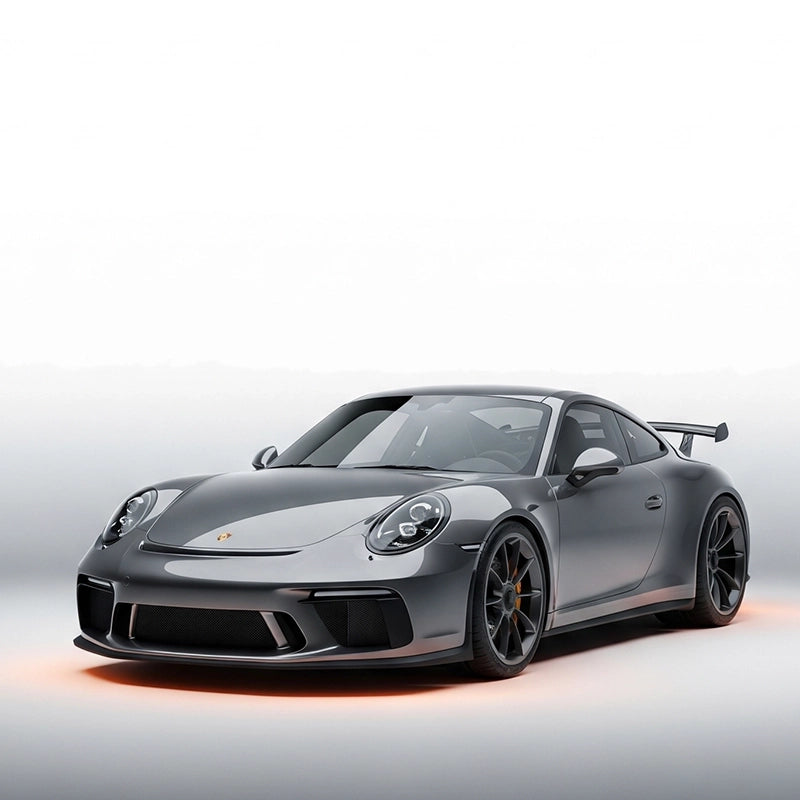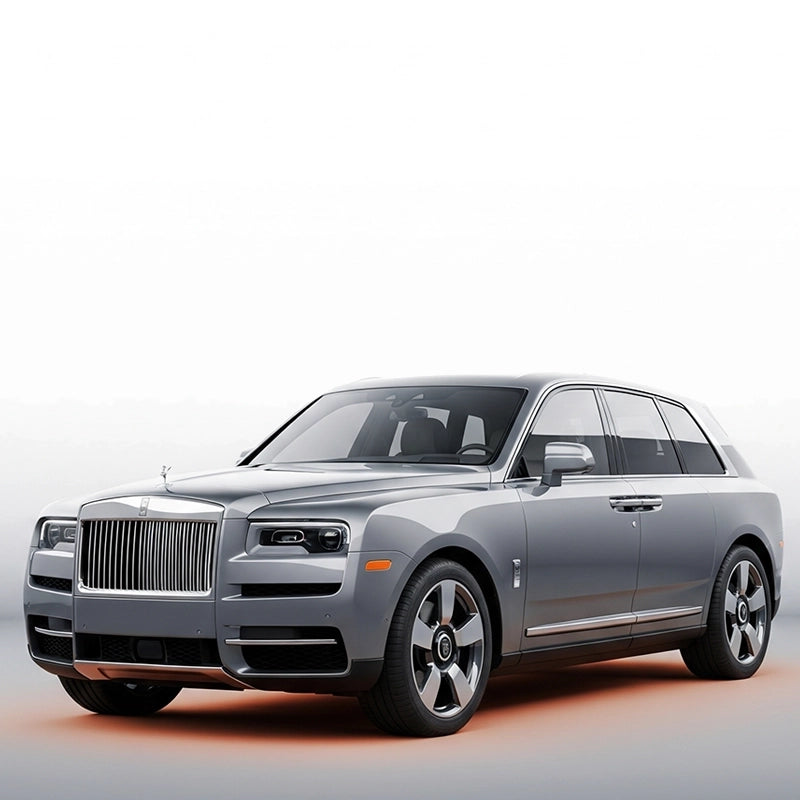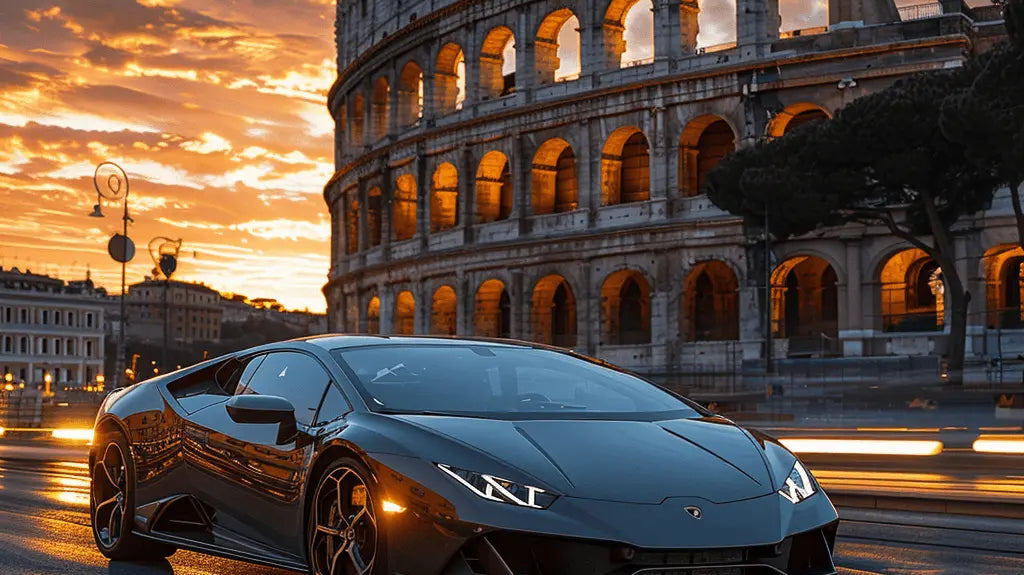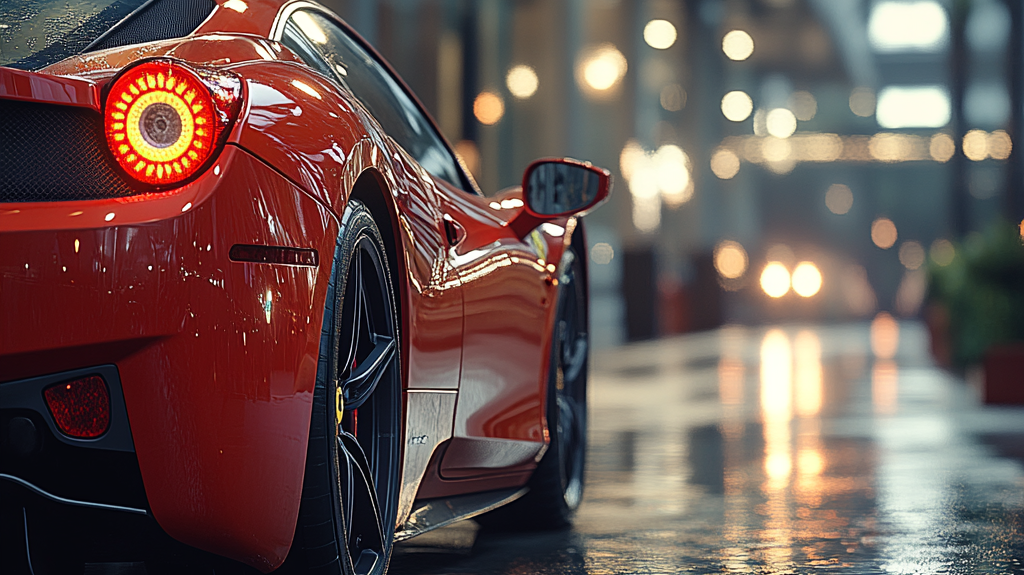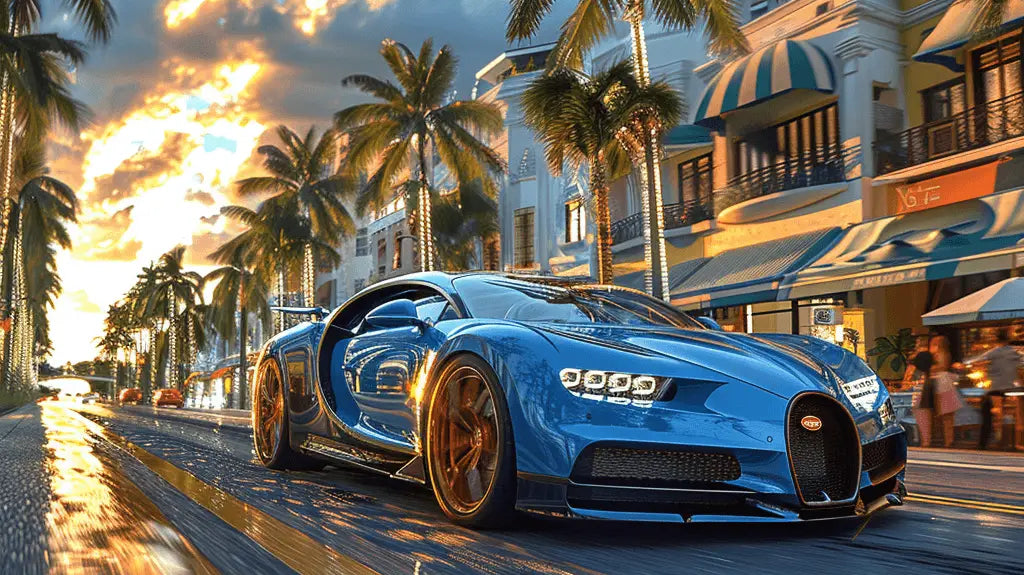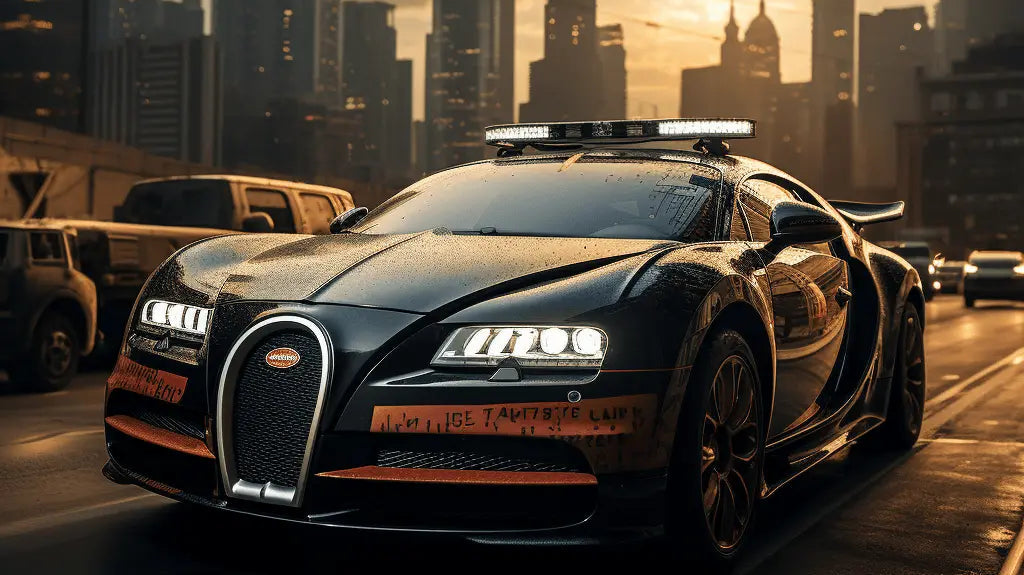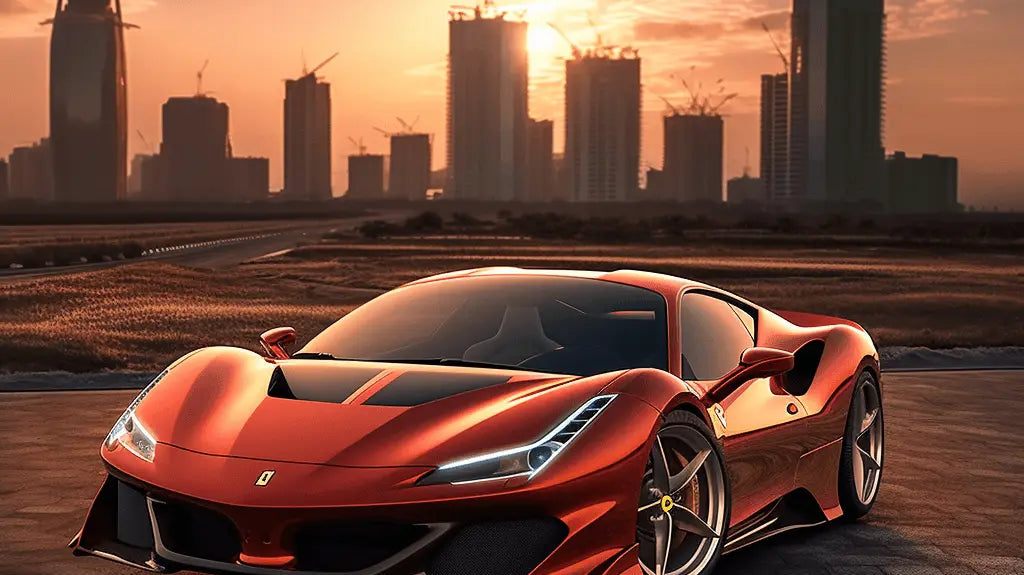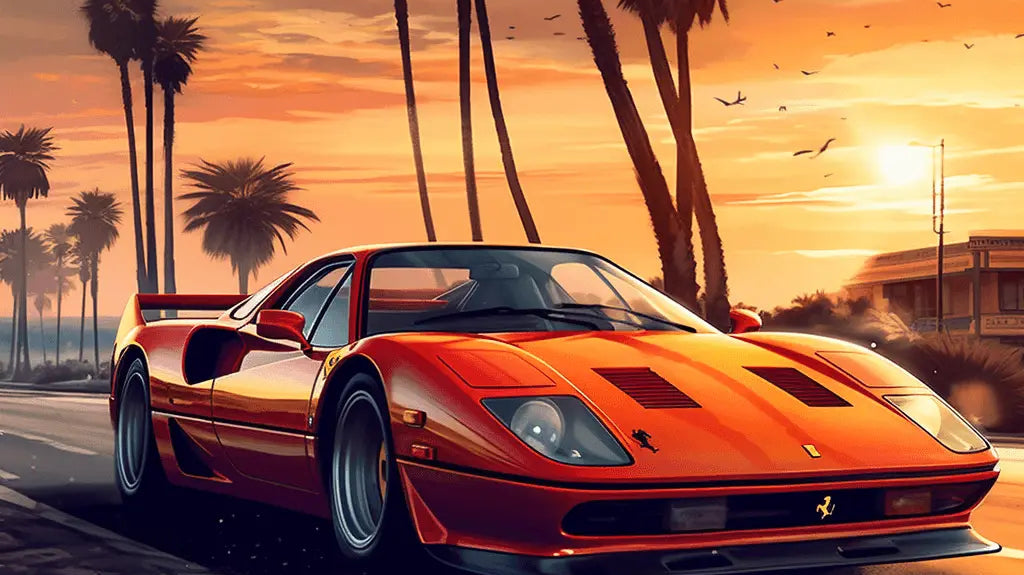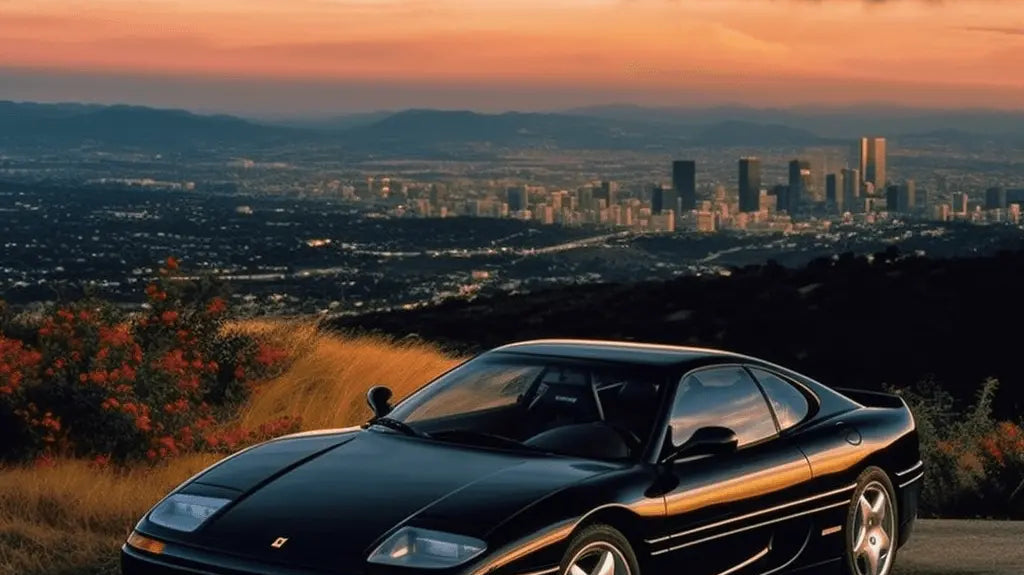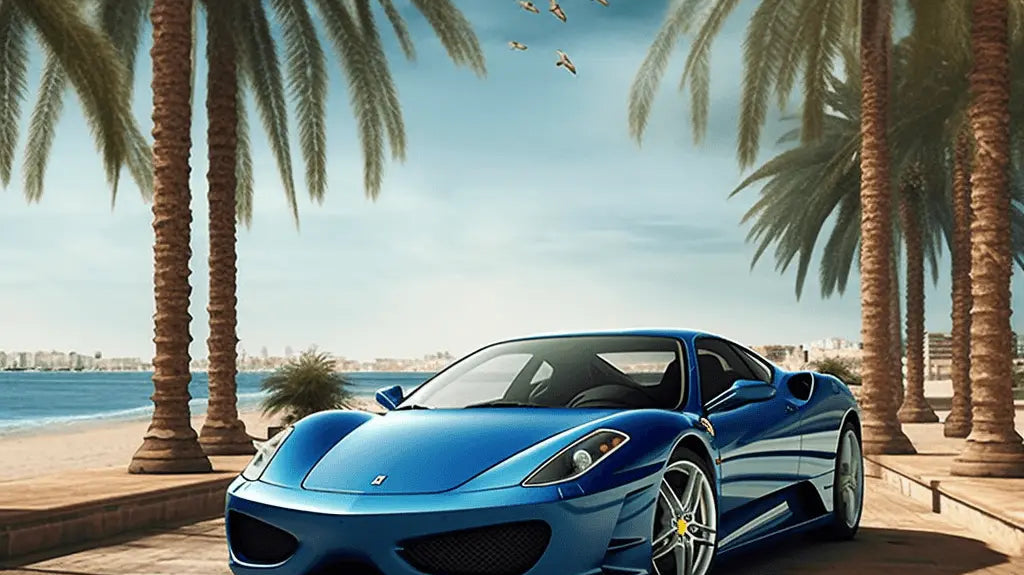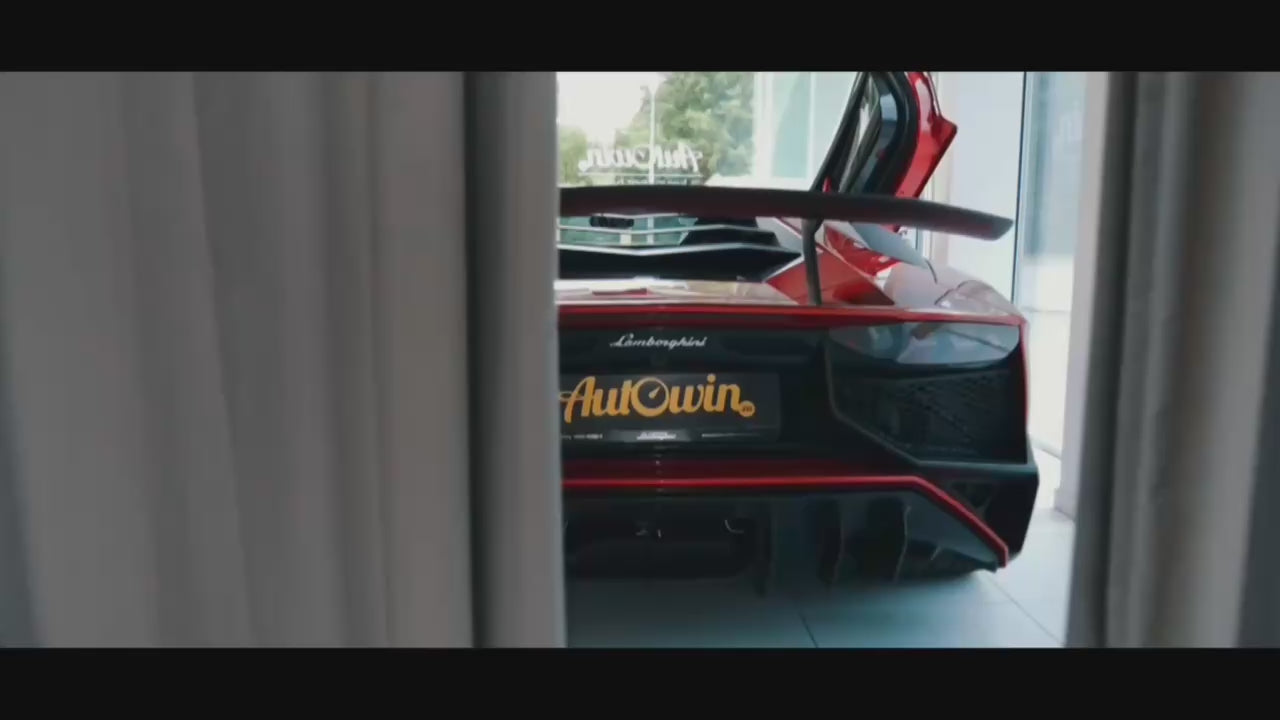Who Owns Aston Martin? The Real Story Behind Britain’s Glamour Brand
I’ve lost count of how many times someone’s asked me this in a car park, usually while they’re circling a DB12 like it’s a rare animal: “So… who owns Aston Martin now?” Fair question. The answer is not a single billionaire in a velvet jacket (tempting though that image is). It’s a publicly listed company with some heavyweight backers and a century of plot twists. Here’s the clear, no-nonsense rundown—with a bit of what it actually means for the cars you and I care about.
Who Owns Aston Martin right now?
Short version: Aston Martin Lagonda Global Holdings plc (the full corporate name) is listed on the London Stock Exchange under ticker AML. Ownership is split among several major investors, with a free float held by institutions and private investors. Stakes change over time; always check Aston Martin’s latest regulatory filings for the precise numbers. But as of late 2024, the picture looks roughly like this:
| Major shareholder | Approx. stake | What they bring | Why it matters to drivers |
|---|---|---|---|
| Yew Tree Consortium (led by Lawrence Stroll) | ~26–27% | Capital, chairmanship, brand direction, F1 link | Sharper product focus (DB12, new Vantage), brand heat from F1 |
| Public Investment Fund (Saudi Arabia) | ~18–20% | Deep-pocketed strategic support | Stability for long-term R&D, DBX growth, emerging-market reach |
| Geely Holding Group | ~15–17% | Industrial know-how, supply chain scale, China access | Potential tech sharing, cost efficiencies, global distribution |
| Mercedes-Benz Group | ~9–10% | Powertrain and electronics partnership | Engines, electrical architectures, infotainment—yes, that screen |
| Free float (institutions & private investors) | Remainder | Market discipline and governance | Pressure to deliver better quality and profitability |
Wait—so does Mercedes own Aston Martin?
No. Mercedes-Benz is a significant strategic shareholder and tech partner, not the owner. You’ll feel Stuttgart’s fingerprints in the electrical architecture, infotainment, and powertrains, but Gaydon still calls the styling, chassis tuning, and brand shots.
How we got here: a fast (and bumpy) ownership history
- 1913: Founded by Lionel Martin and Robert Bamford. Early racing spirit baked in.
- 1947–1972: The David Brown era (think DB4, DB5, DB6). James Bond, national treasure, all that.
- 1980s: Victor Gauntlett keeps the lights on and the cool intact.
- 1987–2007: Ford era. More stability, modern processes, the VH platform starts to sing.
- 2007: Ford sells a majority to a consortium led by David Richards; the modern independence chapter begins.
- 2012: Investindustrial invests; more restructuring.
- 2018: IPO on the London Stock Exchange.
- 2020–present: Lawrence Stroll’s Yew Tree leads a rescue and reboot; strategic investments arrive from Mercedes-Benz, PIF, and later Geely. Model plan gets sharper, F1 team brand tie-up amplifies visibility.
Who owns the Aston Martin F1 team?
Different company. The Formula One outfit—Aston Martin Aramco—is owned by Lawrence Stroll’s AMR GP Limited. The road-car company licenses the Aston Martin name and benefits from tech, talent, and marketing overlap. Translation: the green race car and your DB12 are cousins, not twins.
Did you know?
- The “DB” in DB12 and DB5 stands for David Brown, the post-war owner who cemented the brand’s golden era.
- AM’s torque-rich V8s and V12s are famous for a reason: that creamy mid-range surge is real, not brochure fluff.
- Yes, Max Verstappen has been linked to the Valkyrie in development/testing stories, but he races against the Aston F1 team on Sundays—small motorsport world, big headlines.
Does ownership actually change the cars?
Oh yes. I noticed it right away when I drove the DB12 over a ragged B-road outside Gaydon last summer. The body feels tighter, the steering calmer on center, and the power delivery more deliberate than the old DB11. The new Vantage is punchier, less grand-tourer mush, more sports-car intent. And the DBX 707 finally gives Aston a world-class luxo-SUV that can hang with the Urus and Cayenne Turbo GT without feeling like a cosplay Lamborghini. Honest truth? The ride in “Sport” can be a bit busy on imperfect highways—but switch to the gentler mode and it settles like driving in slippers.
Inside, the Mercedes-derived infotainment has historically been a step behind the latest MBUX you’ll find in a new GLE, but it’s improving. Buttons for core functions? Thank you. Seat controls that look like sculpture? Also yes. A few owners mentioned to me they’d like quicker wireless smartphone handoffs; I had one hiccup and then it behaved for the rest of the week.
Sponsored break: parts and pieces
I ran into this while shopping accessories for a long-term truck project—useful if you’re in the market:
The cars in one breath (okay, three)
- DB12: 671 hp twin-turbo V8, 0–60 mph in the 3s, and a cabin that feels tailored in Savile Row rather than stamped in Stuttgart.
- Vantage: The fighter. Feels lighter on its feet now; on a wet track day I could meter tiny slides with one finger. Laugh-out-loud good.
- DBX 707: 697 hp SUV that does family duty and date night without apology. The rear seat is adult-OK, cargo space decent, and yes—it’s quiet enough to hear your kids arguing in the back.
“Who owns Aston Martin?” cheat sheet
- It’s publicly traded (LSE: AML).
- Largest single bloc: Yew Tree Consortium chaired by Lawrence Stroll.
- Other big seats at the table: Saudi PIF, Geely, Mercedes-Benz Group.
- F1 team is separately owned by Stroll’s AMR GP Limited.
Side tip
If you’re shopping a new or used Aston, ownership dynamics matter for parts supply and software support. The Mercedes partnership, for example, has helped stabilize electronics and drivetrain sourcing. That’s good news five years down the road when you need a sensor on a rainy Friday.
Conclusion: So, who owns Aston Martin?
It’s a consortium story, not a single overlord. The answer to “Who Owns Aston Martin?” today is a mix of Yew Tree (lead investor), Saudi PIF, Geely, Mercedes-Benz, and the broader market. The upside for enthusiasts is clear: better-funded development, real racing halo, and cars that feel more focused than they’ve been in years. I wasn’t sure at first—Aston’s had more comebacks than Rocky—but the latest DB12 and Vantage make a convincing case that the company’s owners are finally backing the right kind of ambition.
FAQ: Who Owns Aston Martin?
Is Aston Martin owned by Mercedes?
No. Mercedes-Benz is a strategic shareholder and tech partner (engines, electronics), not the controlling owner.
Who is the largest shareholder in Aston Martin?
The Yew Tree Consortium led by Lawrence Stroll is the largest shareholder. Exact percentages shift—check the latest filings.
Is the Aston Martin F1 team the same company as the road-car business?
No. The F1 team (Aston Martin Aramco) is owned by AMR GP Limited, controlled by Lawrence Stroll. The road-car business licenses the name and collaborates.
Did Ford sell Aston Martin?
Yes. Ford fully owned Aston Martin in the 1990s and sold a majority stake in 2007 to a consortium, starting the modern independent era.
Will Aston Martin go fully electric?
Electrification is coming, but the brand has paced its roadmap carefully. Expect hybrids and then EVs, leveraging partnerships for tech depth.
